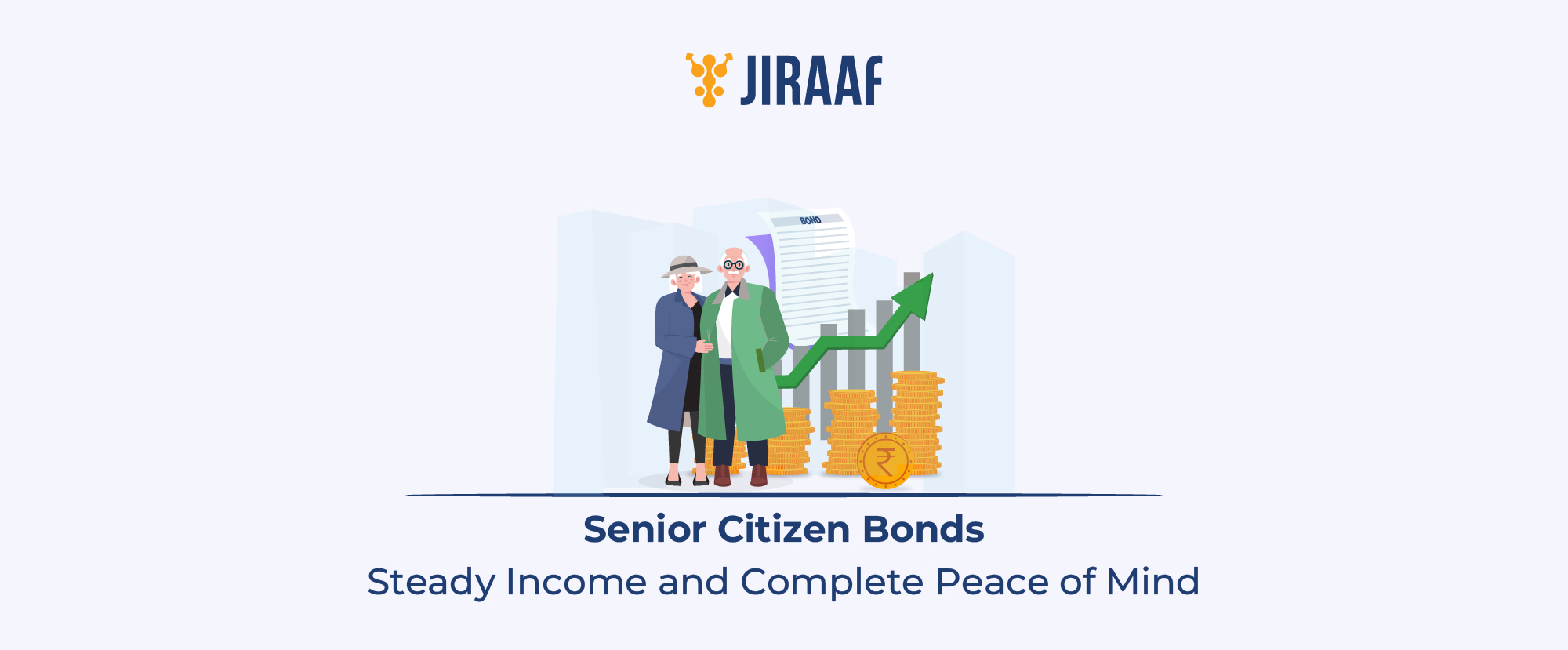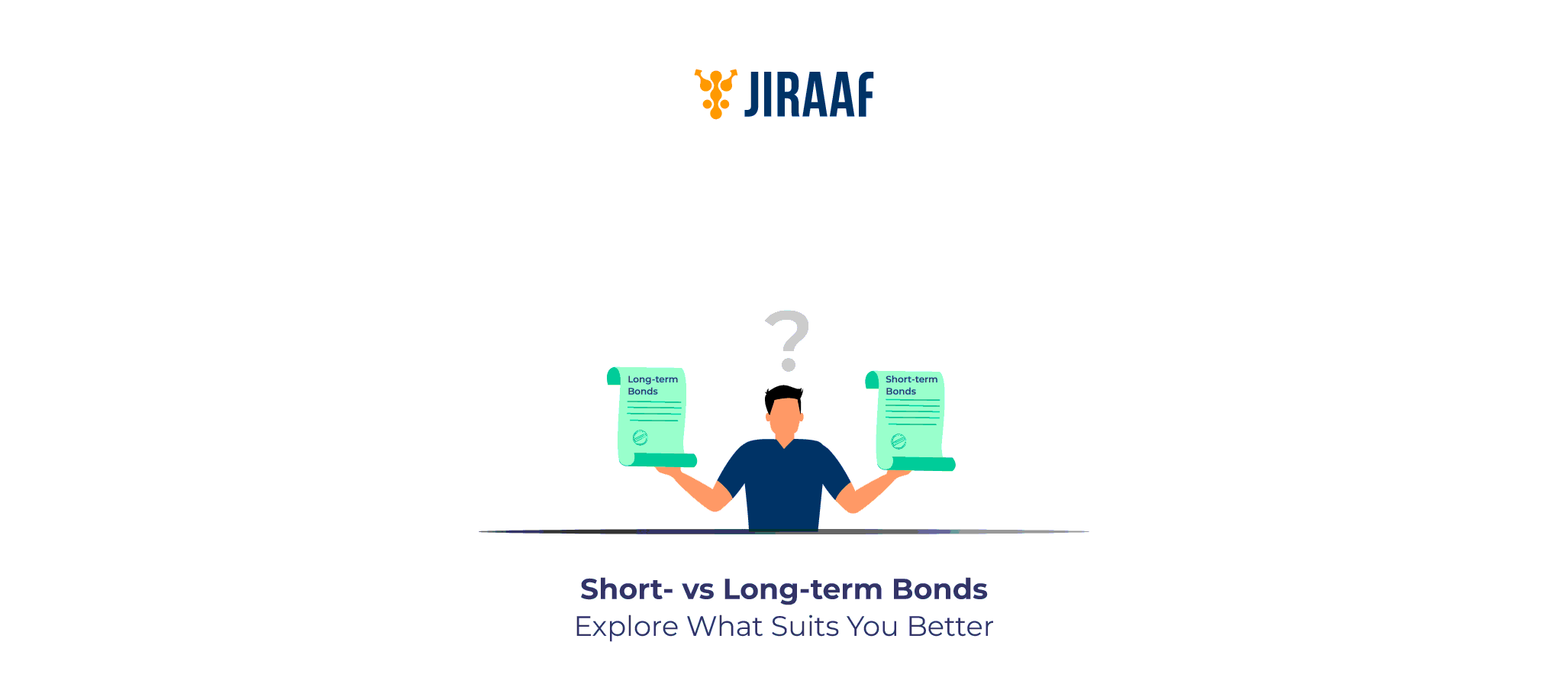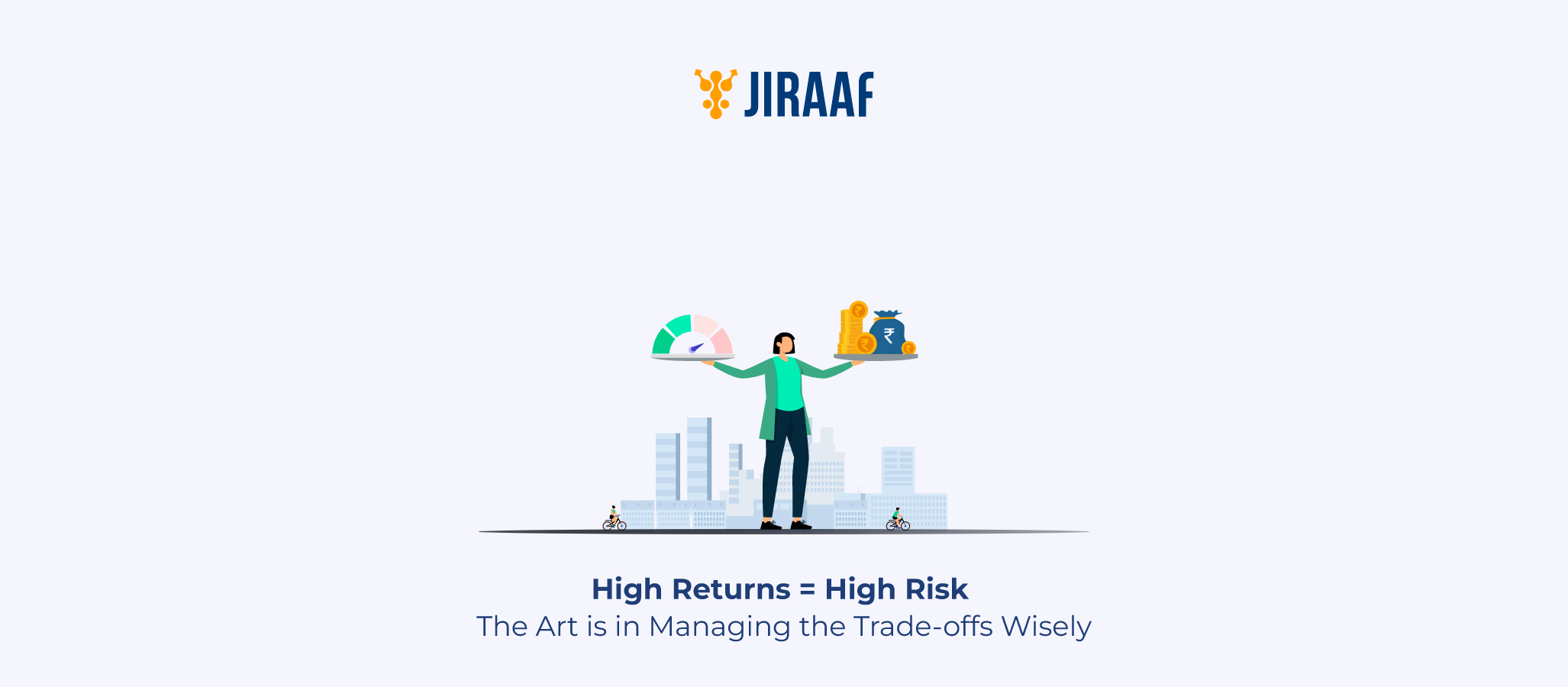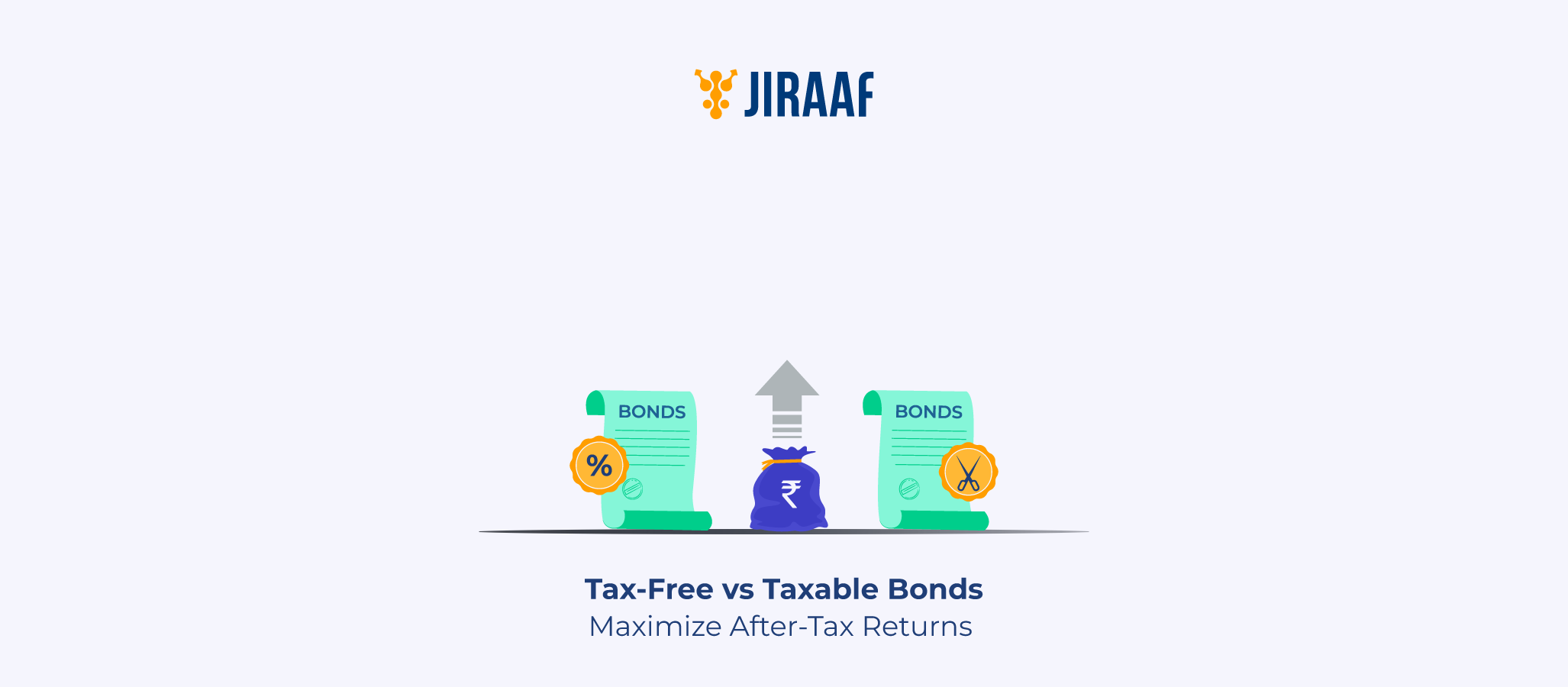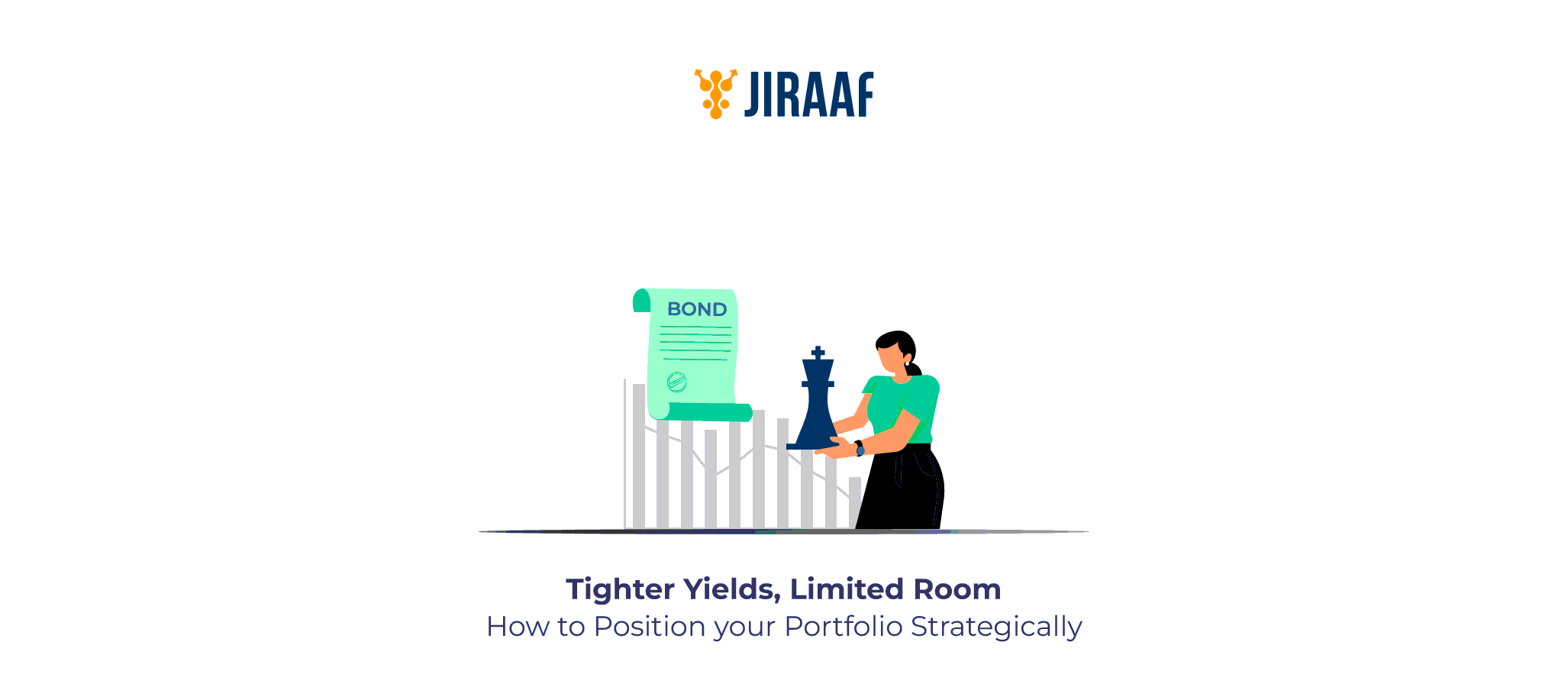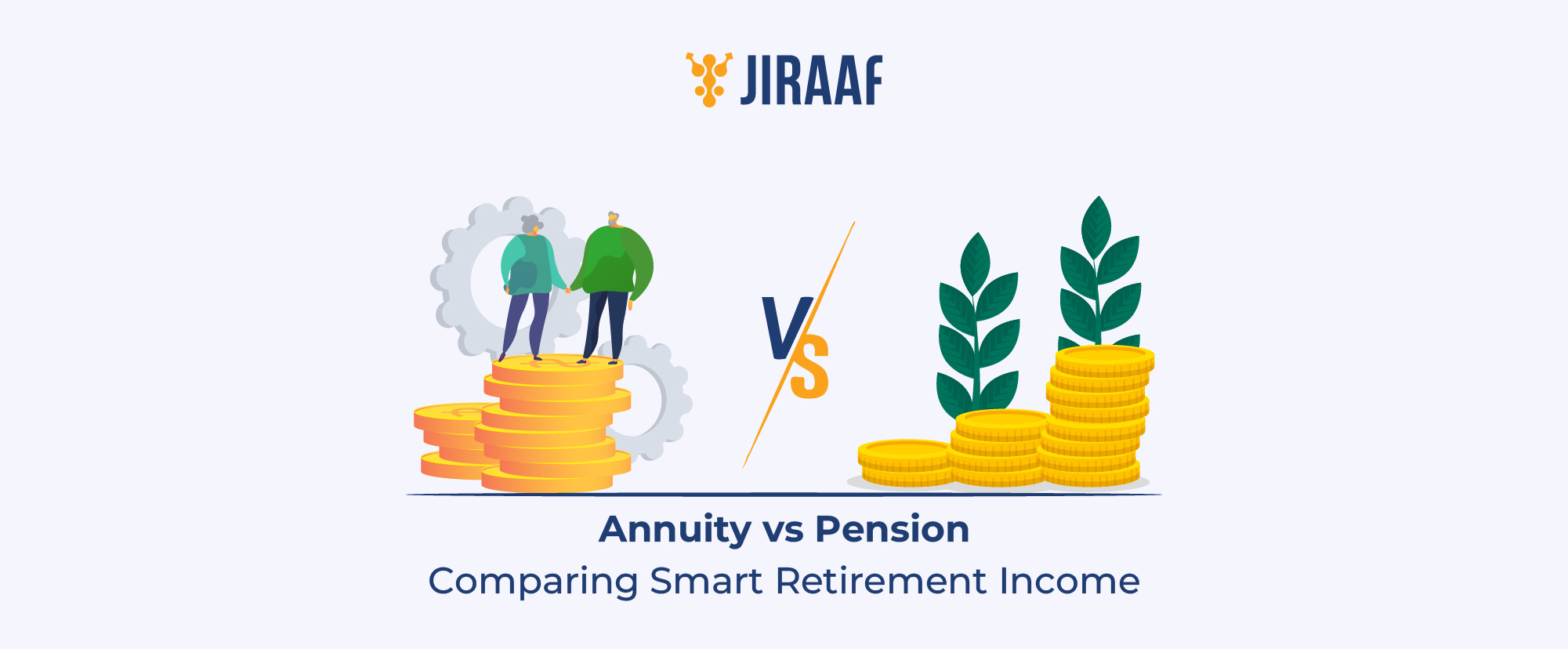Retirement calls for a different kind of investing, one that prioritizes stability over speed. For senior citizens, the goal isn’t chasing high returns anymore but protecting the accumulated capital and ensuring a steady income to cover basic regular expenses.
This is where senior citizen bonds come into play. These aren’t a separate category of bonds but rather carefully chosen, low-risk instruments, such as government-backed or highly rated corporate bonds that fit perfectly into a retiree’s portfolio. With their sovereign guarantee, predictable interest payouts, and minimal volatility, these bonds offer what every retiree values most: financial peace of mind.
In this blog, we break down the most reliable senior citizen bond options in India, and help choosing the best bonds that fit in every senior citizen’s portfolio. Let’s get started.
What are Senior Citizen Bonds?
Senior citizen bonds are tailored for retirees who prioritize safety, steady income, and financial stability over high returns. At this stage in life, senior investors generally prefer options that protect their capital while providing predictable earnings. For them, the ideal bond must meet three essential criteria—low risk, stable returns, and regular interest payouts.
Government bonds fulfill all these conditions, making them one of the most suitable investment avenues for senior citizens. These bonds carry the highest credit rating (AAA to AA) as the sovereign guarantee of the government of India backs them. This level of safety offers retirees the confidence that their life savings are protected, even in times of economic volatility.
In recent years, the Indian government has introduced various types of bonds specifically designed for senior citizens and conservative investors. Let’s take a look at them.
Types of Senior Citizen Bonds in India
RBI Floating Rate Savings Bond
RBI Floating Rate Savings Bond (FRSB) is a government-backed debt instrument that combines safety with attractive yields. These bonds are currently offering a yield of 8.05% (as of October 2025) and come with a tenure of seven years.
The interest on RBI FRSB is paid once every 6 months. Senior investors can allocate funds freely as there is no upper investment limit in these bonds.
The RBI has also introduced age-based premature redemption options for senior citizens. Investors aged 60-70 years can redeem their investment after six years, while those aged between 70-80 years can do so after five years. Investors over 80 years only have a lock-in period of four years. However, a nominal penalty of 50% of the accrued interest of the previous six months is levied upon premature withdrawal.
Tax-free Bonds
Tax-free bonds are primarily issued by governments or government-backed institutions to fund public projects such as infrastructure, housing, and transportation. These bonds stand out because of their tax-efficient structure. The interest earned on them is completely exempted from income tax under Section 10(15) of the Income Tax Act, 1961.
For retirees, these bonds present an opportunity to earn higher post-tax returns compared to other fixed-income instruments. Also, there is no upper limit on investment in these bonds, giving investors the flexibility to allocate funds as they see fit.
The interest rate on tax-free bonds is usually in the range of 5.5% to 7%. This makes them a suitable choice for senior investors who value consistent earnings, minimal risk, and the added advantage of tax-free returns.
Fixed-rate Bond
Fixed-rate bonds are one of the most ideal investment options for senior citizens. These bonds offer pre-determined interest payments throughout their tenure and return the principal amount on maturity.
They are issued by both governments and private companies. Senior citizens should prefer government fixed-rate bonds like Treasury Bills (T-Bills) and Government Securities (G-Secs) due to their stable and predictable nature.
However, senior citizens can also opt for AAA and AA rated fixed-rated bonds issued by corporates. Here are two examples of fixed rate bonds:
| Issuer | Mahindra & Mahindra Financial Services Limited | MAS Financial Services Limited |
| Credit Rating | AAA | AA- |
| Yield to Maturity (YTM) | 7.40% | 9.30% |
| Coupon Rate | Fixed Rate | Fixed Rate |
| Maturity Period | 8 Months | 13 Months |
| Minimum Investment | ₹1,041 | ₹99,383 |
| Interest Payment | At Maturity | Monthly |
| Principal Repayment | At Maturity | At Maturity |
*Live on Jiraaf as of October 2025
Benefits of Senior Citizen Bonds for Retirement Planning
- Guaranteed Safety and Capital Protection
One of the most important benefits of senior citizen bonds is the high level of security they offer as most of them have government-backing. For retirees, this translates into near-zero default risk and the assurance that their life savings are fully protected, regardless of market fluctuations.
- Steady Income and Predictable Cash Flows
Senior citizen bonds are designed to provide regular and reliable income, which is vital during retirement years. With fixed or floating interest payouts, investors can plan their monthly budgets confidently without worrying about irregular returns.
- Tax Efficiency and Long-term Stability
In addition to income stability, some bonds like tax-free bonds offer complete exemption from income tax under Section 10(15), helping retirees improve their post-tax returns.
However, as with every investment instrument, the risk never really goes away. Here are some of the key risks senior investors must be aware of before investing.
Key Risks to Consider Before Investing
- Limited Liquidity and Lock-in Periods
While government bonds for senior citizens ensure safety, they also come with restricted liquidity. Instruments like RBI Floating Rate Savings Bonds and Government of India Savings Bonds have lock-in periods of 4–6 years (depending on age). Premature redemption is allowed only under specific conditions and attracts penalties.
- Interest Rate and Inflation Risks
Fixed-rate or tax-free bonds provide predictable income but can lose purchasing power during high inflation periods. If inflation rises above the coupon rate, the real returns for retirees will decline. Similarly, when market interest rates increase, the value of existing fixed-rate bonds falls in the secondary market, which can impact investors looking to exit early.
- Taxation and Lower Yield Potential
Although tax-free bonds offer full exemption, other government-backed bonds like the FRSBs are fully taxable as per the investor’s income slab. For senior citizens in higher tax brackets, this can reduce the effective post-tax yield.
How to Invest in Senior Citizen Bonds in India
Senior citizens can now purchase the above-mentioned bonds directly from the Reserve Bank of India (RBI) through the Retail Direct Portal, or through recognized online bond platform providers (OBPPs). Let’s take a look.
Buying Senior Citizen Bonds on RBI Retail Direct Portal
Step 1: Visit the RBI Retail Direct Portal
Go to rbiretaildirect.org.in and click on ‘Open RBI Retail Direct Account’ to begin the registration process.
Step 2: Register Your Account
Fill in your basic details, including your full name (as per PAN), email ID, mobile number linked to Aadhaar, PAN number, and date of birth. Create your preferred login credentials to proceed further.
Step 3: Complete KYC Verification
Finish your Aadhaar-based digital KYC by verifying your identity through a short video identification (to be completed within three days of registration). You’ll also need to upload documents such as your PAN card, specimen signature, and bank account details to complete the process.
Step 4: Validate Your Bank Account
Link your savings bank account that supports net banking or UPI. The RBI system will automatically verify your bank details to ensure smooth and secure fund transfers during investments or interest payouts.
Step 5: Activate Your Retail Direct Gilt (RDG) Account
Once KYC verification is approved, your RDG account will be activated. You’ll receive login credentials on your registered email ID, enabling you to participate in both primary auctions and secondary market transactions.
Step 6: Start Investing
After logging in, browse the available bond issuances and auctions. You can place non-competitive bids and fund your purchase through UPI or net banking. Once allotted, your bonds will be automatically credited to your RDG account, ensuring a fully digital and paperless investment experience.
(Note: You can also buy similar bonds on private Online Bond Platform Providers)
Conclusion
For senior citizens, true financial freedom lies in beating uncertainty. Their ideal retirement bond portfolio must have high-quality, inflation-proof, and tax-efficient bonds.
In a world where volatility has become the norm, government-backed and tax-free bonds stand as rare instruments of certainty. They don’t just pay interest; they pay assurance, investor’s lifestyle, independence, and peace of mind remains intact.
FAQs About Senior Citizen Bonds
Senior citizen bonds are low-risk debt instruments designed for retirees seeking capital safety, steady income, and predictable returns. Most of these are government-backed, ensuring minimal default risk.
Senior citizens can invest in several safe options such as the RBI Floating Rate Savings Bond, Tax-Free Bonds, and Fixed-Rate Bonds.
Not all senior citizen bonds are tax-free. Only tax-free Bonds qualify for complete exemption under Section 10(15) of the Income Tax Act, while others are taxable as per the investor’s income slab.
As of October 2025, the RBI Floating Rate Savings Bond offers a yield of 8.05%, with half-yearly interest payouts and flexible, age-based redemption options for senior citizens.
